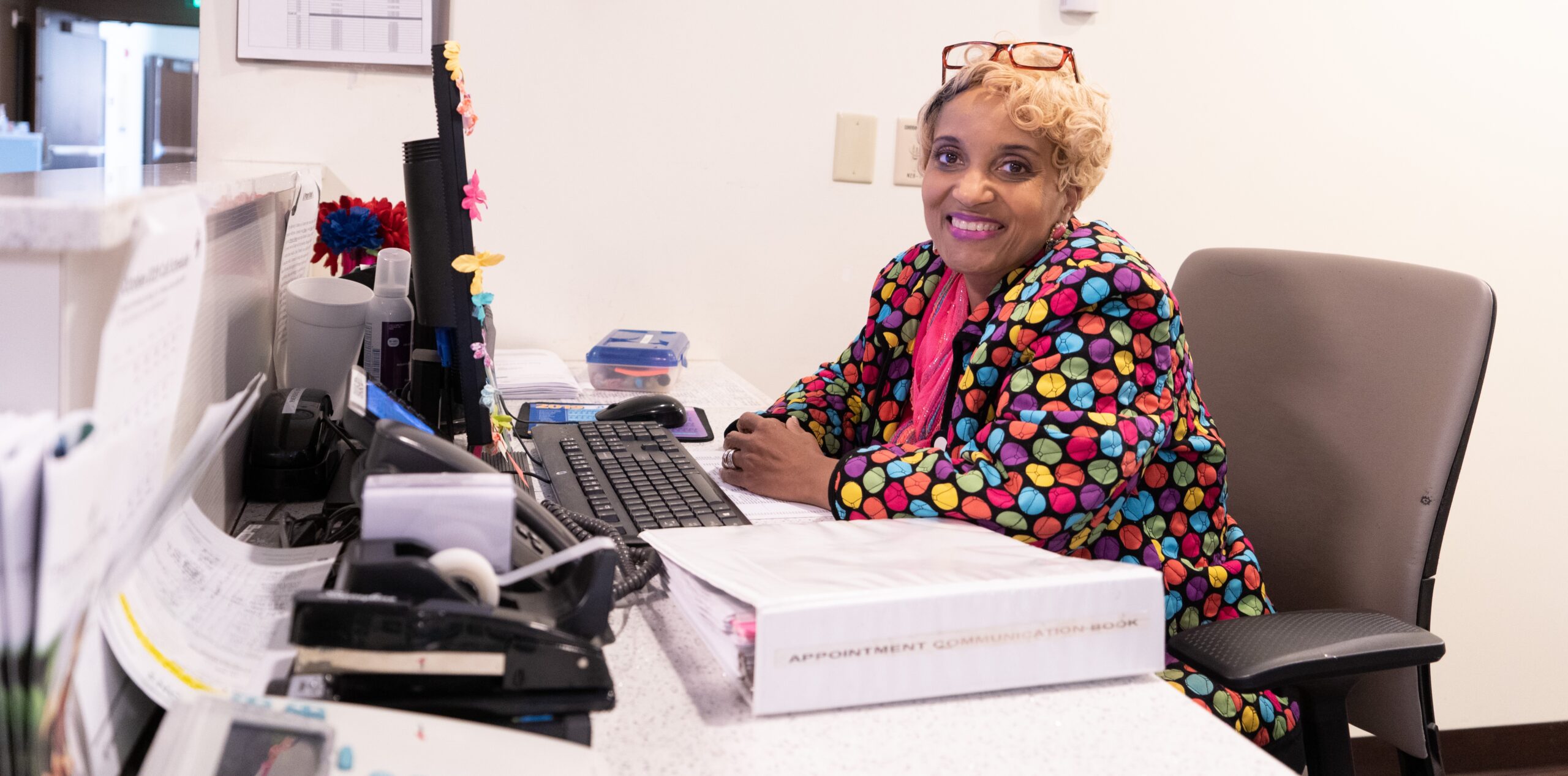Taking Control of Your Mental Health while Working Remotely

Back to physical health resource hub
The idea of work-life balance has been turned upside-down in the wake of the COVID-19 pandemic. Many of us are working from home, at least part-time, and are faced with many new challenges, one of which is maintaining our mental health and well-being.
What is mental health and why is it important?
Mental health includes our emotional, psychological and social well-being. It affects how we think, feel and act. It helps determine how we handle stress, relate to others and make choices. Positive mental health allows us to cope with the stressors of life, work productively and make and nurture meaningful relationships.
Why is working remotely a threat to mental health?
Let’s be honest, change is hard. While some of us may have occasionally worked remotely prior to the pandemic, full-time remote work has been a drastic change for the majority of us. Working remotely has meant isolation from co-workers, friends and even family. Setting new boundaries and developing new routines can be stressful and exhausting. It is normal for these changes to lead to stress, worry or sadness.
What can I do?
The good news is that you can take steps to address these challenges and adapt to the “new normal” of remote work, especially as it appears some form of remote work will remain in place even after social distancing restrictions have been lifted. The following are practical tips to help take control of our mental health and well-being.
- Keep a regular schedule. Human beings thrive with consistency and routine. Set up a schedule that works for you. Don’t forget to include periodic breaks for recharging, physical activity and self-care. Although everyone’s schedule will be different, here is a sample:
- 7:00 a.m.: Wake up, stretch, take care of kids/animals
- 7:30 a.m.: Breakfast and family time (no phones or tablets)
- 8:30 a.m.: Work with small breaks every 30 minutes or so
- 12:00 p.m.: Lunch break, get fresh air, stretch and exercise
- 1:00 p.m.: Work with breaks every 30 minutes, check- in with co-workers
- 5:00 p.m.: Dinner and screen break. Call a friend, family or loved one
- 7:00 p.m.: Self-care time
- Social distancing ≠ social isolation. Stay connected with family, friends and support systems (i.e., clubs, groups, church) and don’t be afraid of technology. FaceTime, Skype, Google hangout and other video-based options are easy to use (and have great support services for those of us that need a little help getting started). Use your social connections to share your thoughts, fears and worries. By talking about these things with your friends and family, you many find out that you are not alone with your feelings.
- Set boundaries. It is easy to lose sight of a clearly defined work day when working from home. It can be tempting to work more while you have your work at home, or to work less when you are surrounded by the distractions of home life (cue the giant pile of laundry on the couch). Setting up designated work space can help keep your work and home duties separate. Also, remember that schedule? Make sure that you have clearly carved out times for certain activities, work and home life included.
- Don’t forget about your physical health. Your physical health is just as important as your mental health. Make sure you are taking breaks to get up and move around your home. Better yet – get some fresh air if you are able. Many gyms or clubs are offering free livestreams or app-based workouts for the general public, so keep moving. The article “Stuck at Home” provides more tips to help keep you active.
Signs that you may be struggling
The pandemic has brought very real financial, social and emotional challenges. Everybody responds to challenges differently. It’s normal to experience sadness or worry in response to change and when facing the unknown. The problem arises when normal emotions of sadness or worry begin to disrupt your daily activities and become overwhelming. Signs that this may be happening include: changes in sleep or eating patterns, difficulty concentrating or sleeping or irritability and withdrawal.
You are not on your own
If you are concerned about your mental health, don’t be afraid to ask for help. There are multiple ways to access additional support, including your employer’s Employee Assistance Program (EAP). You can also search for mental healthcare providers near you on your insurance carrier’s webpage. Most providers are also offering telehealth services, which makes accessing these services even easier.
Links to Additional Helpful and Reliable Resources
- Centers for Disease Control and Prevention (CDC)
- American Psychiatric Association (APA)
- COVID-19/Coronavirus Resources and Information Hub
- Coronavirus and Mental Health: Taking Care of Ourselves During Infectious Disease Outbreaks
- World Health Organization (WHO)
- Substance Abused and Mental Health Services Administration (SAMHSA)
- National Alliance on Mental Health (NAMI)
- Call Centers and Hotlines: If you are experiencing high levels of stress, anxiety or depression, reach out for support.
- Crisis Text Line: Text 741741
- National Suicide Prevention Lifeline: 1-800-273-8255


